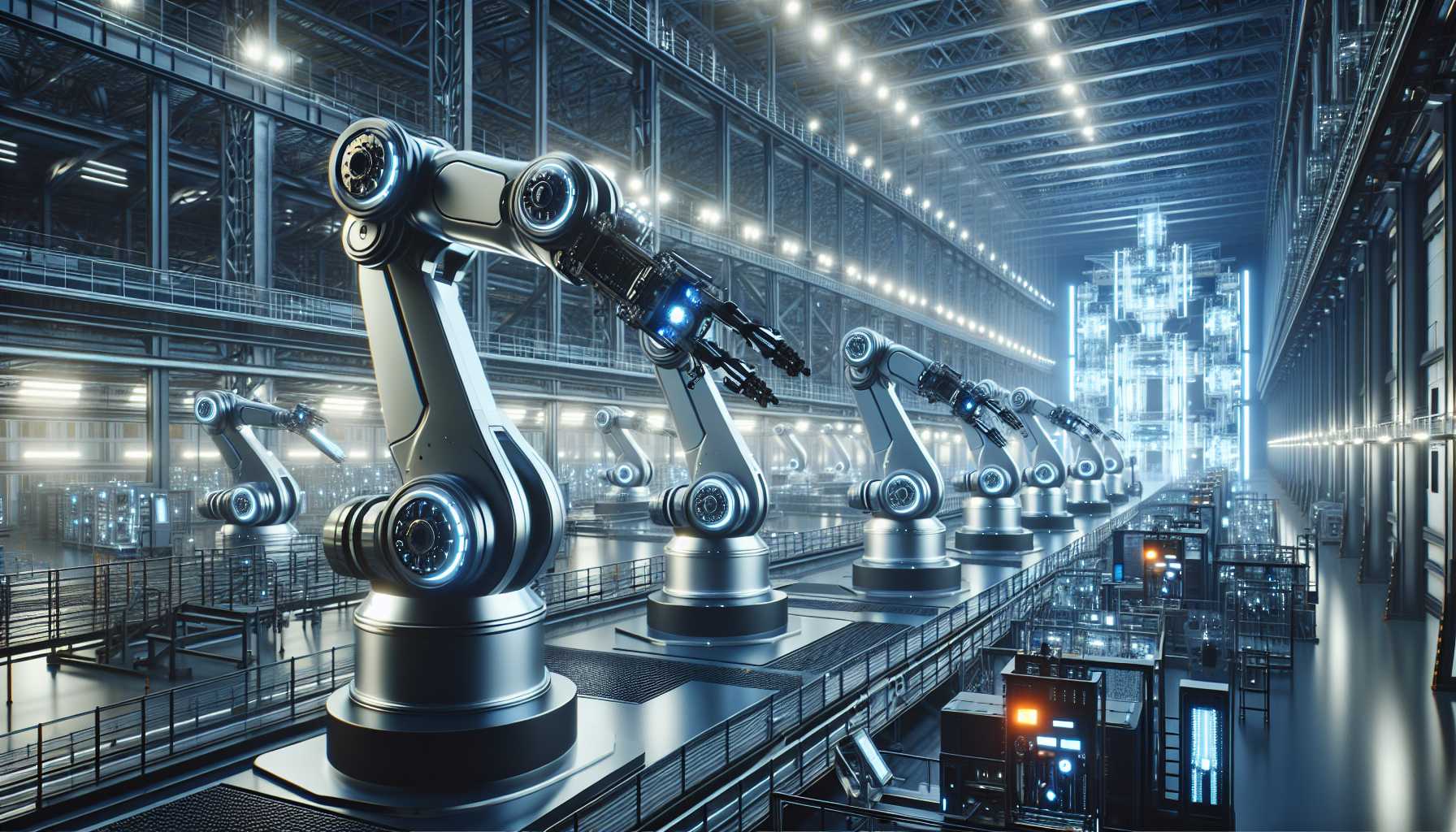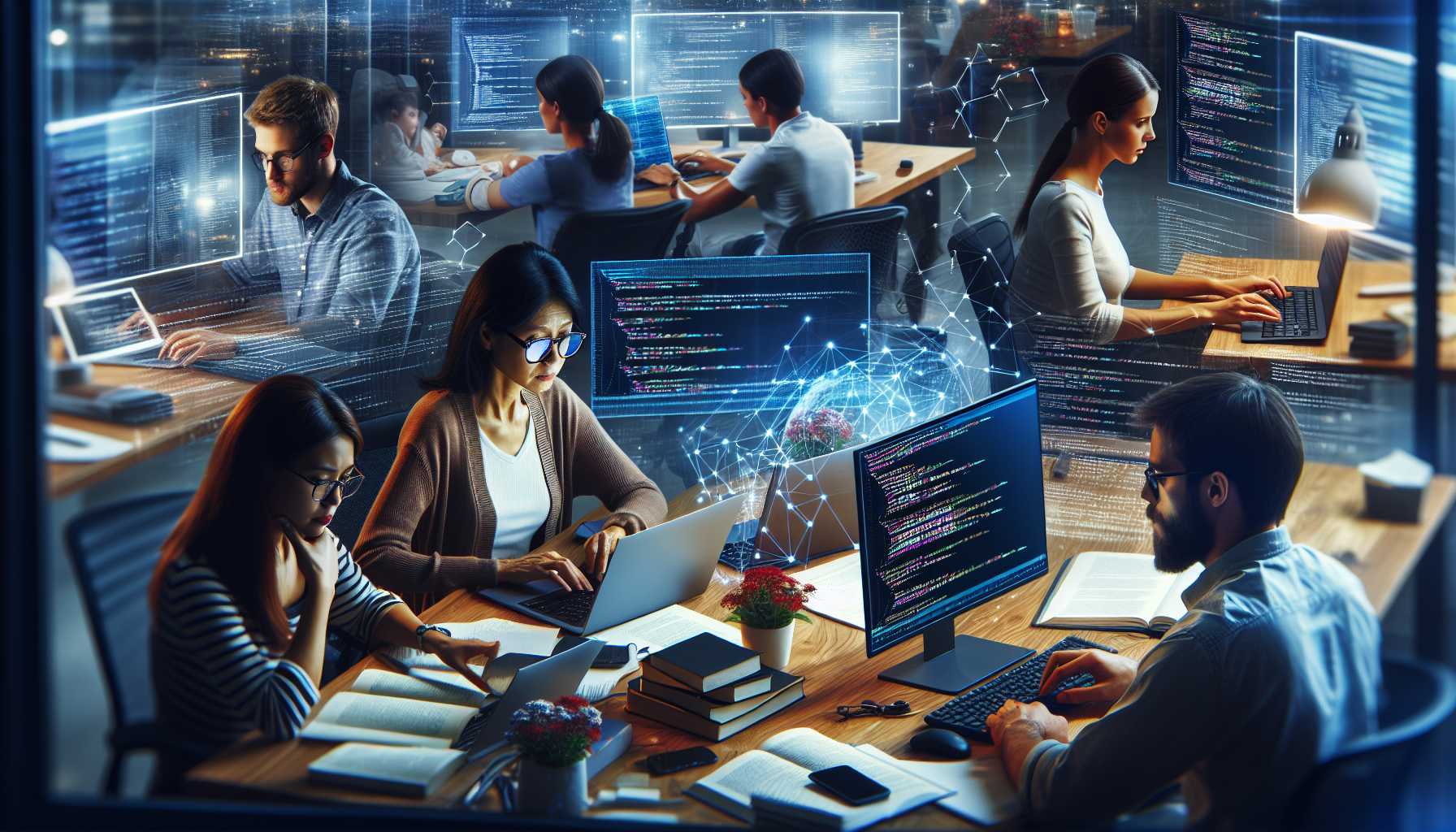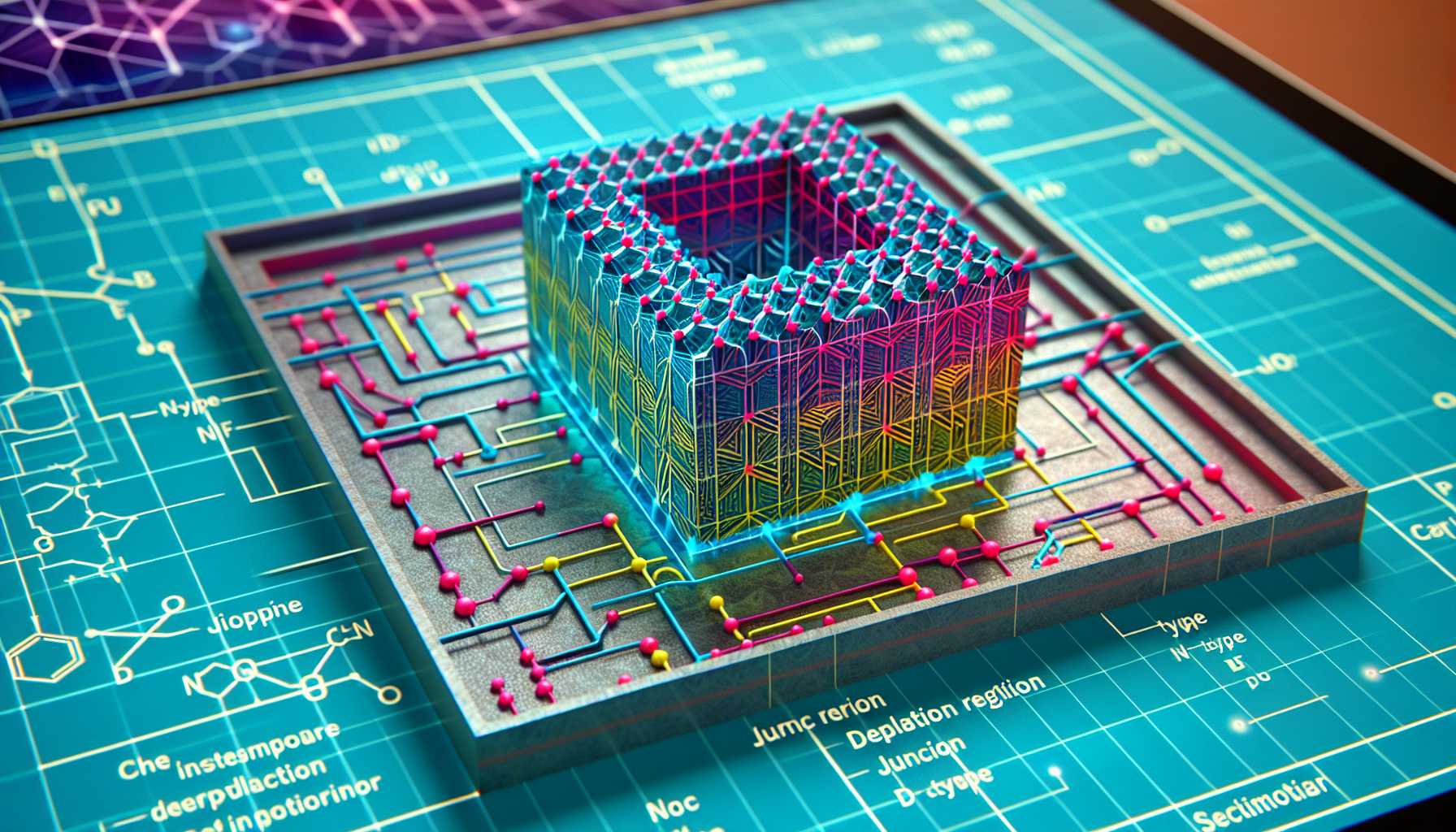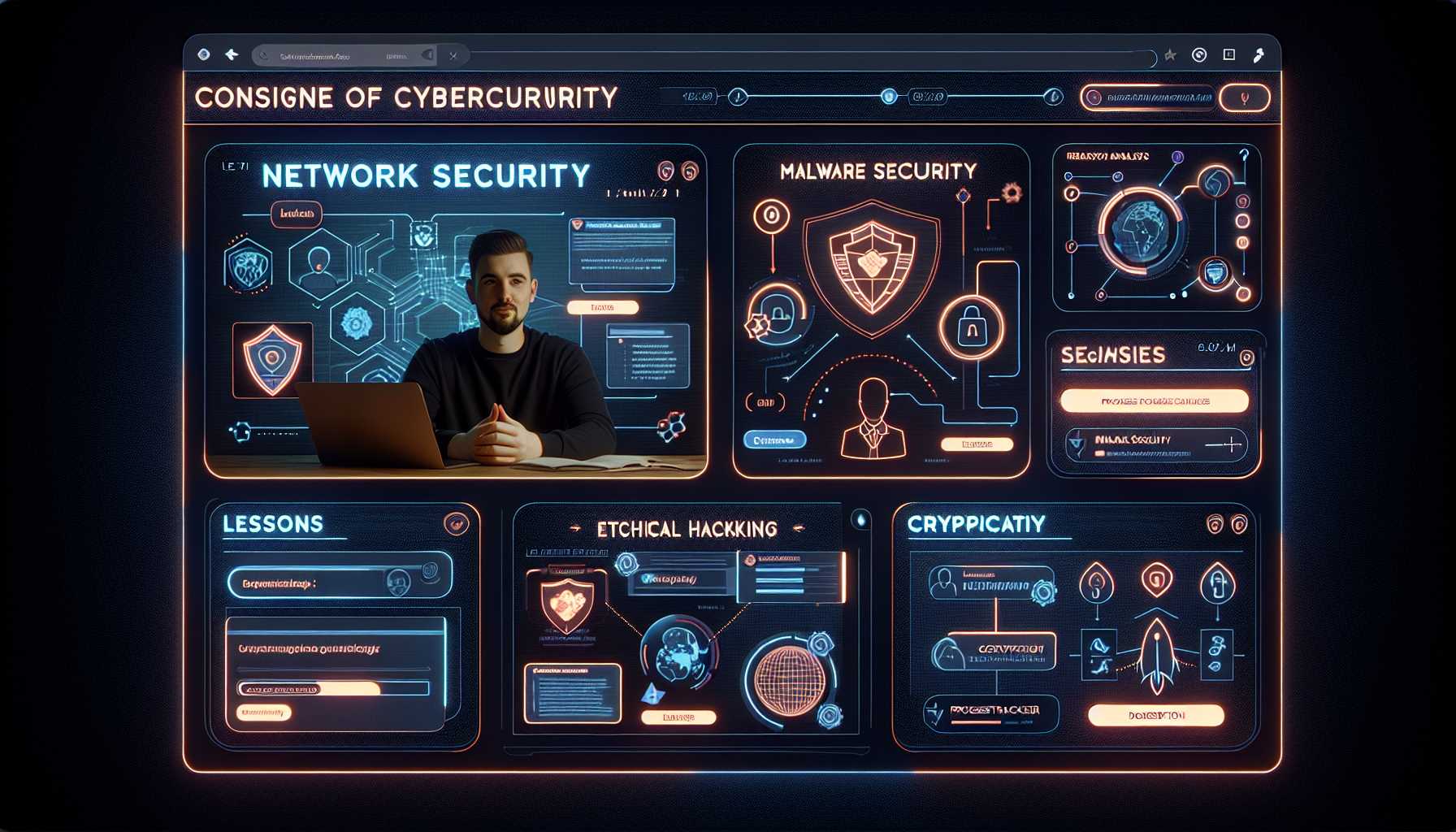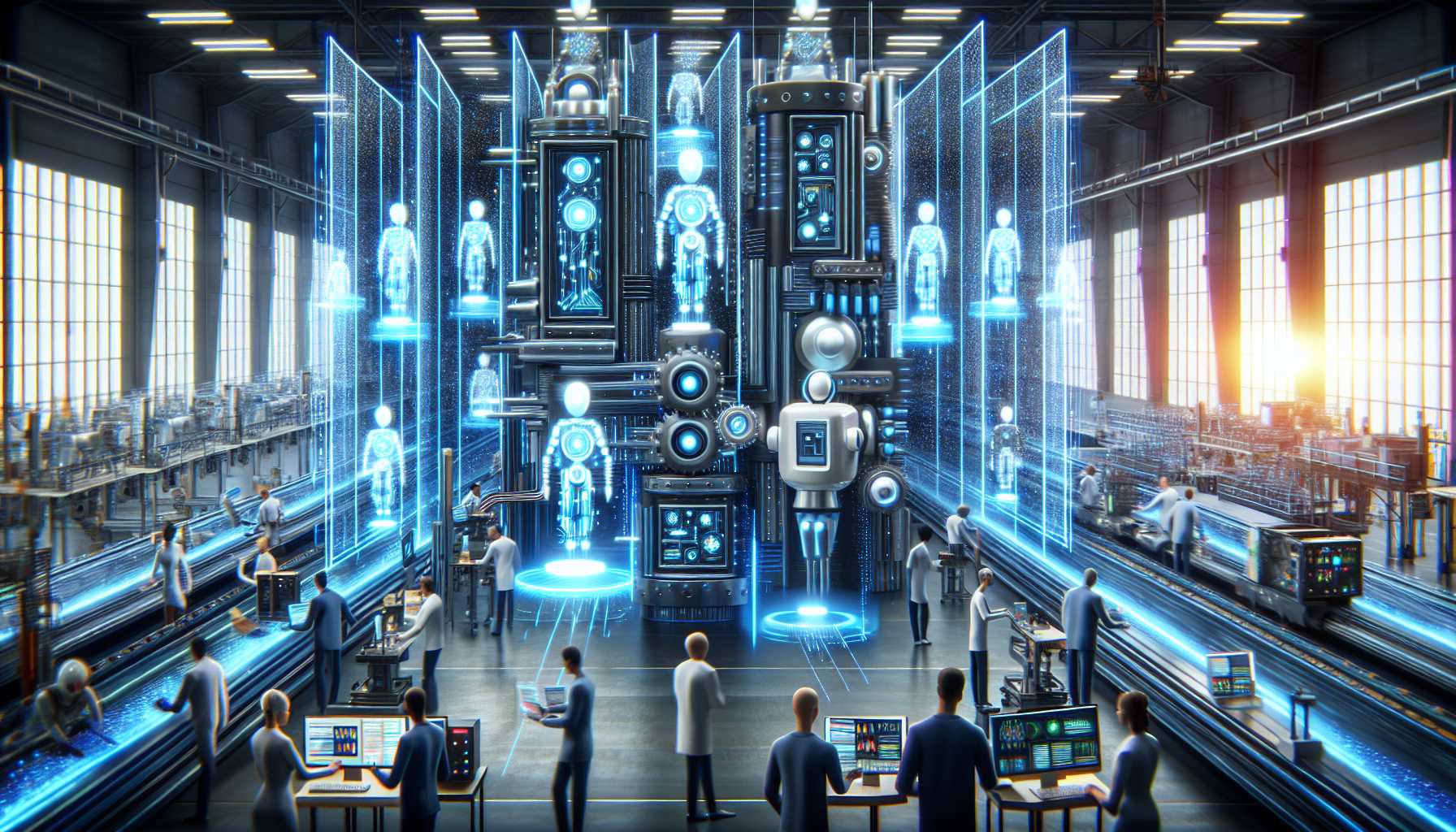The Robots Revolution: AI-Powered Arms & the Future of Industrial Scalability
Robotic arms are getting a serious intelligence upgrade, and it could revolutionize the way we think about automation in industry and fulfillment. Alphabet X’s Intrinsic is incorporating Nvidia’s offerings into its Flowstate platform, where robotic app development is hitting new strides. The robots are trained with methods for grasping and manipulation, powered by datasets that embody the flexibility only humans have enjoyed so far. But here’s the kicker: the transferability of skills across different settings, much like how once we learn to pick up a pen, we can pretty much handle any small object with precision. Intrinsic argues this universality is a game-changer. Imagine robotic systems not chained down by the limits of hardware specificity or object-related training. Such agility in the realm of bots is not just fancy talk; early tests have already manifested in Trumpf Machine Tools’ prototype system, showcasing impressive adaptability in grasping tasks through synthetic training data. The marriage of such robots with AI holds untapped potential across industries—a transformation akin to replacing manual assembly lines with the first waves of automation. This isn’t just about efficiency; it’s about reimagining workflows and job designs, where multi-limbed robots could well become our new co-workers.
Programming’s Next Evolution: OpenAI’s Collaboration with Developers
It’s no secret that developers are turning to AI to enhance their coding prowess. OpenAI, the brains behind the well-known ChatGPT, is partnering up with Stack Overflow to refine its generative AI models further. The expectation? That programming-related questions become a cakewalk for AI. A strategic reversal for Stack Overflow, which was initially on the fence about AI responses due to quality concerns. Notably, developers aren’t just onlookers but active contributors—44% admit to integrating AI tools into their workflow. With new generative AI models finding their place in the programming landscape, companies like Stack Overflow are steering into new horizons involving licensing agreements with AI powerhouses to harness the knowledge packed within community contributions. As for OpenAI, it’s about more than just refining code generation. This partnership is a stepping stone towards socially responsible AI, a beacon to dispel the shadows of misinformation and privacy concerns surrounding AI-generated content.
A Glimpse into the Matrix: The Promise of Semiconductor Digital Twins
The digital twin concept isn’t new, but its application in the semiconductor manufacturing industry signals a bold leap forward. Pioneered by auto manufacturers, digital twins serve as parallel virtual entities that can be tested and tweaked without fear of real-world disruptions. The Biden administration is calling to arms technology entities capable of building these virtual counterparts with sizable funding. The financial incentive is hefty—up to $285 million. It’s an ambitious drive to reclaim America’s dwindling semiconductor production throne through innovation and collaborative design ventures. This approach could well be a cornerstone in redefining semiconductor development, trimming costs, fostering invention, and perhaps most importantly, enabling America to anchor itself firmly against offshore competition.
Demystifying Cybersecurity: Learning Made Accessible
In a testament to the digital age, learning cybersecurity doesn’t mandate physical classrooms or hefty tuition fees anymore. Online learning bundles are breaking barriers, bringing in-depth security skillsets to the curious and concerned alike. They promise a creation of well-equipped professionals ready to take on the virtual threatscape, armed with globally recognized certifications and practical know-how—all from the comfort of their couch. Yet, this effort is more than a convenience; it’s a response to the dire need for cybersecurity talent in an ever-expanding digital landscape. Accessibility to knowledge and the democratization of learning are pivotal in building the defenses of tomorrow.
AI in Production: Melding Innovation with Responsibility
As companies integrate AI into the core of business processes, a responsible approach is non-negotiable. Leaders in tech like Nvidia and Intrinsic are trailblazing with collaborative efforts that showcase AI’s scope for innovation in robotics. Paired with DeepMind’s prowess, Intrinsic’s initiatives are redefining tasks such as pose estimation and path planning, feeding innovative concepts into the pipeline of robotics possibilities. But it’s not just about pushing the envelope. Companies are learning to maintain a balance between efficiency and ethical use. Whether it’s bridging the gap between AI and humans or keeping a multidimensional view on the impact of AI-generated solutions, the integration of AI into production is as much about pioneering potential as it is about safeguarding future uses.
In conclusion, these technological advancements reflect a key moment in the progression of robotics, AI, and the very fabric of workforce and process automation. From flexible robotic manipulators to the cerebral symphony of AI-driven programming assistance and security learning platforms, we’re standing at a crossroad where every decision and development could alter the course of our digital future. And while the digital transformation is exhilarating, it’s a journey that commands both innovation and prudence.

